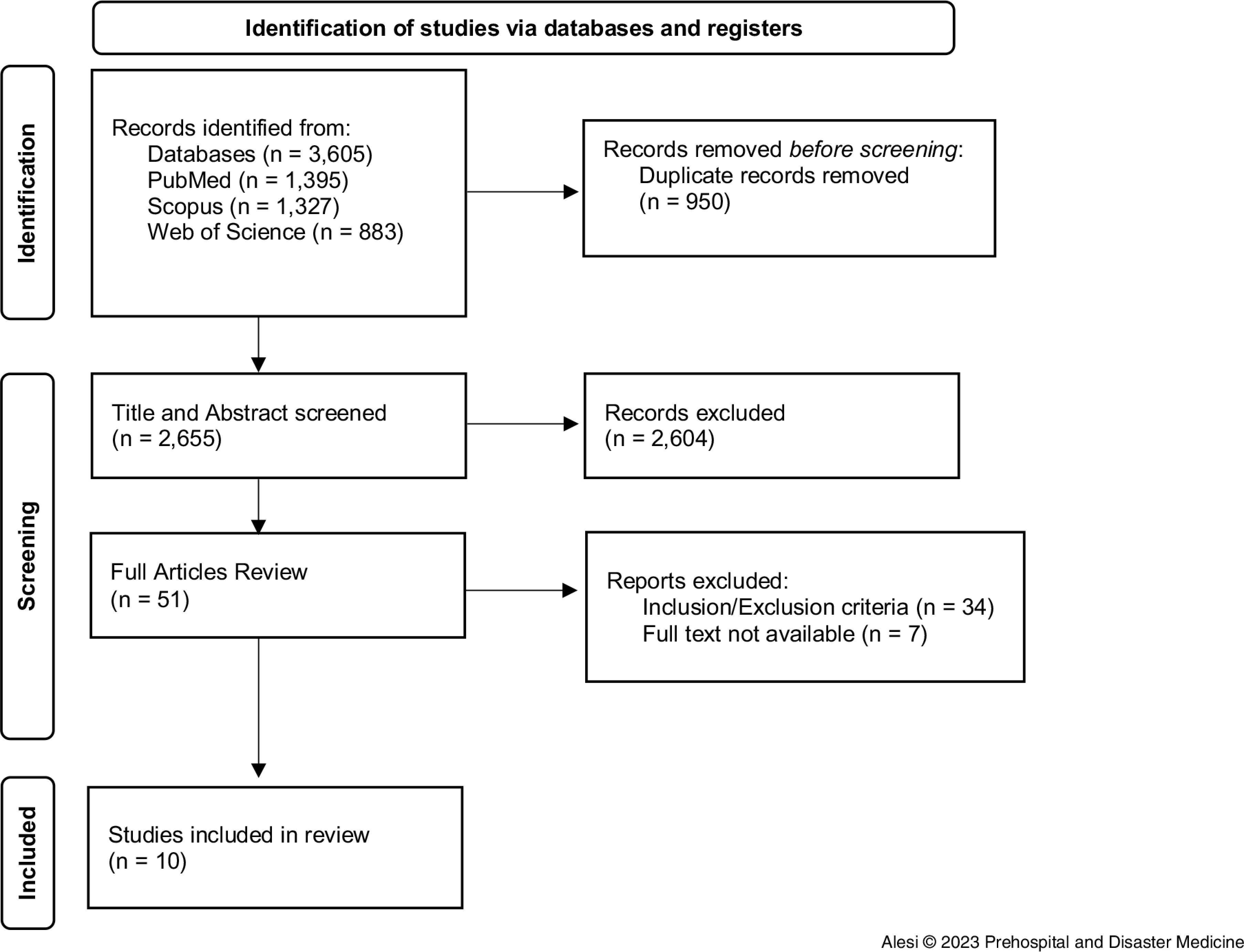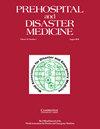Primary Health Care and Disasters: Applying a "Whole-of-Health System" Approach through Reverse Triage in Mass-Casualty Management.
IF 2.1
4区 医学
Q2 EMERGENCY MEDICINE
Prehospital and Disaster Medicine
Pub Date : 2023-10-01
Epub Date: 2023-09-01
DOI:10.1017/S1049023X23006246
引用次数: 0
Abstract
Abstract Introduction: In 2019, the World Health Organization (WHO) published the Health Emergency and Disaster Risk Management (H-EDRM) framework detailing how effective management of disasters, including mass-casualty incidents (MCIs), can be achieved through a whole-of-health system approach where each level of the health care system is involved in all phases of the disaster cycle. In light of this, a primary health care (PHC) approach can contribute to reducing negative health outcomes of disasters, since it encompasses the critical roles that primary care services can play during crises. Hospitals can divert non-severe MCI victims to primary care services by applying reverse triage (RT), thereby preventing hospital overloading and ensuring continuity of care for those who do not require hospital services during the incident. Study Objective: This study explores the topic by reviewing the literature published on early discharge of MCI victims through RT criteria and existing referral pathways to primary care services. Methods: A scoping literature review was performed and a total of ten studies were analyzed. Results: The results showed that integrating primary care facilities into disaster management (DM) through the use of RT may be an effective strategy to create surge during MCIs, provided that clear referral protocols exist between hospitals and primary care services to ensure continuity of care. Furthermore, adequate training should be provided to primary care professionals to be prepared and be able to provide quality care to MCI victims. Conclusion: The results of this current review can serve as groundwork upon which to design further research studies or to help devise strategies and policies for the integration of PHC in MCI management.

初级卫生保健与灾害:在大规模伤亡管理中通过反向分类应用“整个卫生系统”方法。
简介:2019年,世界卫生组织(世界卫生组织)发布了《卫生紧急情况和灾害风险管理(-EDRM)框架》,详细说明了如何通过整个卫生系统的方法实现包括大规模伤亡事件(MCI)在内的灾害的有效管理,其中各级卫生保健系统都参与到灾害周期的各个阶段。有鉴于此,初级保健方法有助于减少灾害对健康的负面影响,因为它包括初级保健服务在危机期间可以发挥的关键作用。医院可以通过应用反向分诊(RT)将非重症MCI患者转移到初级保健服务,从而防止医院过载,并确保事件期间不需要医院服务的患者的护理连续性。研究目的:本研究通过回顾发表的关于MCI患者通过RT标准和现有的初级保健服务转诊途径提前出院的文献来探讨这一主题。方法:进行范围界定文献综述,并对总共10项研究进行分析。结果:结果表明,如果医院和初级保健服务之间存在明确的转诊协议,以确保护理的连续性,那么通过使用RT将初级保健设施纳入灾害管理可能是在MCI期间创造激增的有效策略。此外,应向初级保健专业人员提供充分的培训,使他们做好准备,能够为MCI受害者提供高质量的护理。结论:本综述的结果可作为设计进一步研究或帮助制定将PHC纳入MCI管理的战略和政策的基础。
本文章由计算机程序翻译,如有差异,请以英文原文为准。
求助全文
约1分钟内获得全文
求助全文
来源期刊

Prehospital and Disaster Medicine
Medicine-Emergency Medicine
CiteScore
3.10
自引率
13.60%
发文量
279
期刊介绍:
Prehospital and Disaster Medicine (PDM) is an official publication of the World Association for Disaster and Emergency Medicine. Currently in its 25th volume, Prehospital and Disaster Medicine is one of the leading scientific journals focusing on prehospital and disaster health. It is the only peer-reviewed international journal in its field, published bi-monthly, providing a readable, usable worldwide source of research and analysis. PDM is currently distributed in more than 55 countries. Its readership includes physicians, professors, EMTs and paramedics, nurses, emergency managers, disaster planners, hospital administrators, sociologists, and psychologists.
 求助内容:
求助内容: 应助结果提醒方式:
应助结果提醒方式:


